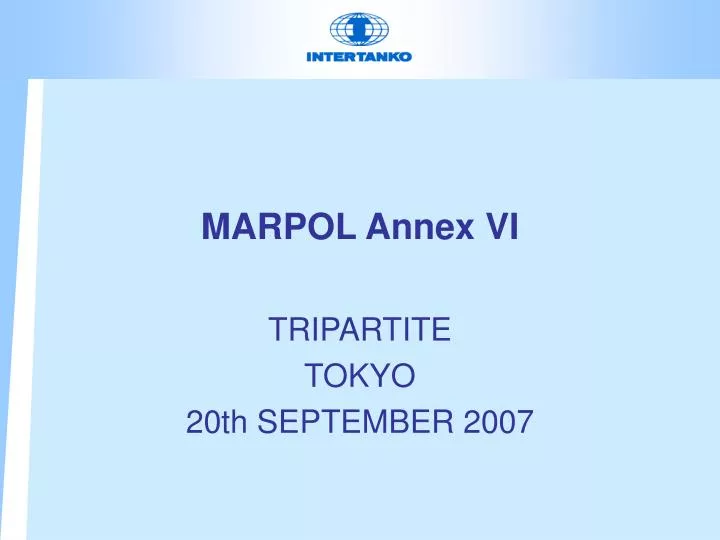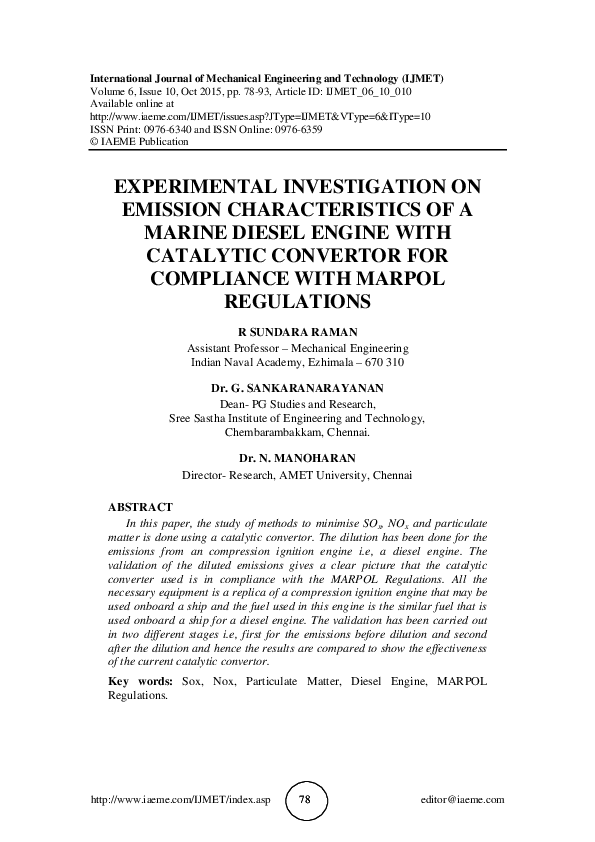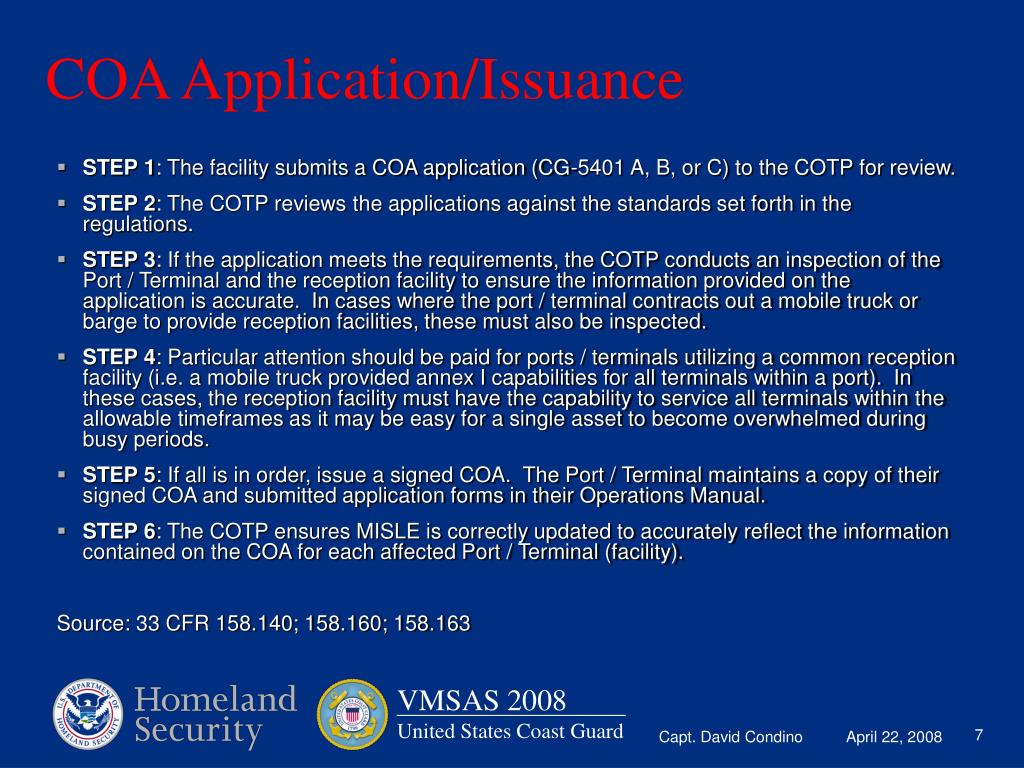

Landed fish are sold within the Archipelago to supply the rapidly growing tourism industry, as well as exported. This region is strongly affected by El Niño events when upweling slows causing water temperatures to increase and substantially reducing primary production flow through ecosystems resulting in dramatic declines in abundance of many species ( Edgar et al., 2010 Wolff, Ruiz & Taylor, 2012).įor local people living in the Galapágos, fisheries are an important source of income. The strong upweling of the eastward-flowing Cromwell Current on the western portion of the archipelago produces some of the world’s most productive tropical waters ( Wolff, Ruiz & Taylor, 2012). The Galapágos Archipelago hosts ecologically important, diverse, and fragile ecosystems with high levels of endemism ( Edgar et al., 2010). We are now in the Anthropocene and changes in environmental conditions are the greatest that they have ever been ( Bopp et al., 2013), therefore, it is important to understand how populations are affected by the interaction between resource use and a changing world ( Cheung, Reygondeau & Frölicher, 2016). Removing top predators and keystone species from ecosystems can also cause trophic cascades and reshuffling of ecosystems ( Worm et al., 2009 Smith et al., 2011 Collie et al., 2016). In the marine environment, it has been suggested that fishing magnifies fluctuations in natural populations due to removing older individuals of the population which changes demographic parameters such as intrinsic growth rates ( Anderson et al., 2008).

Understanding how environmental factors interact with exploitation of resources is a common concern among natural resource managers, biological conservationists, and scientists ( Bender, Case & Gilpin, 1984). Comparing ecosystem impacts caused by fishing and El Niño, fishing has had a greater negative impact on bacalao ecosystem role than regular El Niño events. Allowing bacalao populations to rebuild to at least half of unfished biomass would partially restore their role within these ecosystems, while also resulting in greater fisheries catches. This reduced bacalao biomass is linked with a greatly reduced ecosystem role compared to when unfished, and ecosystem role is further reduced in El Niño years. Fishers’ ecological knowledge indicates that at present, the biomass of bacalao is at least seven times lower than when unfished. We used the unfished and modern versions of the ecosystem models to test the ecosystem effects of bacalao exploitation at the Bolivar Channel, located in the cold, west upwelling bioregion of the archipelago during both El Niño and non El Niño years, and at Floreana Island, in the warmer, central bioregion. gracilis) and sea cucumber ( Isostichopus fuscus)-to create historical, unfished versions of existing modern day ecosystem models. In the absence of stock assessments, we used an estimate of unfished bacalao biomass from fishers’ ecological knowledge along with unfished biomass estimates of other heavily exploited stocks-lobster ( Panulirus penicillatus and P. It is unknown how reduction of this predatory species has affected ecosystem structure and function. The regionally-endemic sailfin grouper ( Myctereoperca olfax), locally known as bacalao, was once the most important fished species in the Galápagos, but is now listed as vulnerable by the IUCN due to its limited range and dramatic declines in catch over time. Fisheries are an important component of the local economy, although artisanal and illegal overfishing have dramatically reduced the productivity of invertebrate and finfish resources in recent decades, resulting in reductions in catches for local fishers.

These ecosystems are strongly influenced by El Niño events which can reduce primary production by an order of magnitude, dramatically reducing energy available throughout the food web. The Galápagos Archipelago is home to a diverse range of marine bioregions due to the confluence of several cold and warm water currents, resulting in some of the most productive tropical marine ecosystems in the world.


 0 kommentar(er)
0 kommentar(er)
